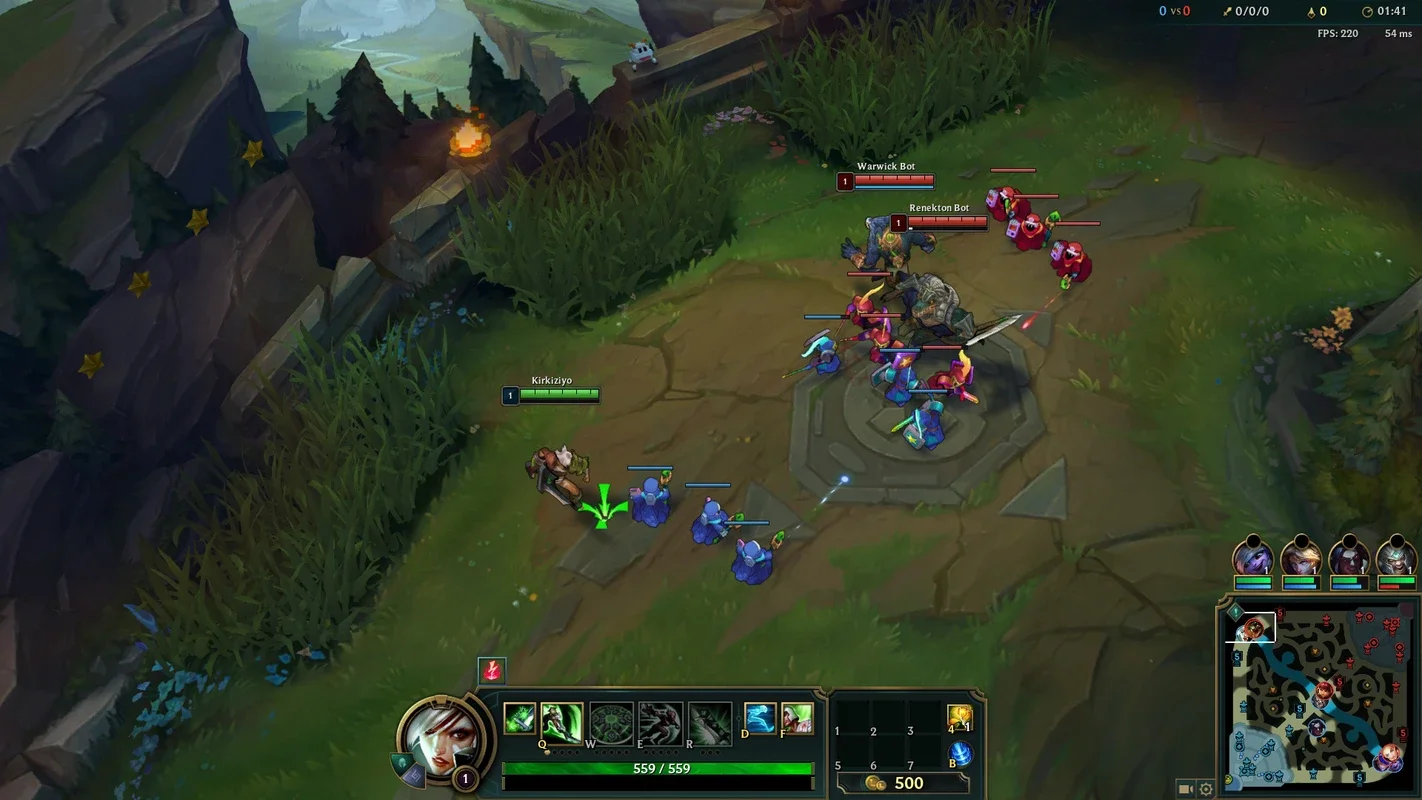League of Legends App Introduction
League of Legends (LoL) stands as a monumental achievement in the Multiplayer Online Battle Arena (MOBA) genre. Since its release, it has captivated millions with its strategic depth, diverse roster of champions, and consistently evolving gameplay. This article delves into the core mechanics, competitive scene, and enduring appeal of this iconic game.
Core Gameplay: A Clash of Strategies
At its heart, League of Legends is a team-based game where two teams of five players battle for supremacy. Each player controls a champion, a unique character with distinct abilities, strengths, and weaknesses. The objective is to destroy the enemy team's Nexus, a structure located at the heart of their base. This journey requires strategic coordination, skillful execution, and a deep understanding of the game's mechanics.
The game unfolds across a sprawling map, featuring three lanes (top, middle, and bottom) connected by a jungle area. Players typically choose roles that complement their teammates, such as:
- Top Laner: Often a tank or fighter, responsible for soloing a lane and engaging in 1v1 combat.
- Jungler: Roams the jungle, ganking (ambushing) enemy laners, and controlling key objectives.
- Mid Laner: Usually a mage or assassin, focused on dealing significant magical damage.
- ADC (Attack Damage Carry): A ranged champion specializing in dealing high physical damage in the late game.
- Support: Protects the ADC and provides utility to the team through healing, crowd control, or other supportive abilities.
Mastering these roles and their interactions is crucial for success. Effective teamwork, communication, and strategic decision-making are paramount to victory.
Champion Diversity: A Vast Roster of Heroes
League of Legends boasts an extensive roster of over 160 champions, each with a unique playstyle and set of abilities. This diversity ensures that players can find champions that suit their preferred playstyles, whether they prefer aggressive melee combat, strategic spellcasting, or supportive roles. The constant addition of new champions keeps the gameplay fresh and exciting, preventing stagnation and encouraging exploration.
Competitive Scene: A Global Phenomenon
The competitive scene of League of Legends is a global phenomenon, attracting millions of viewers and boasting professional leagues across various regions. Teams compete for prestigious titles and substantial prize pools, showcasing the highest levels of skill and strategic prowess. The intense competition, combined with the game's accessibility, has fostered a thriving esports ecosystem that continues to grow in popularity.
Enduring Appeal: Why LoL Remains a Top Choice
League of Legends' enduring appeal stems from several key factors:
- Strategic Depth: The game's complexity offers endless strategic possibilities, ensuring that no two matches are ever truly the same. Players constantly learn and adapt, refining their strategies and improving their skills.
- Constant Evolution: Riot Games, the developers of League of Legends, consistently updates the game with new champions, items, and gameplay mechanics, preventing the game from becoming stale.
- Strong Community: A vibrant and passionate community surrounds League of Legends, fostering a sense of camaraderie and competition among players.
- Accessibility: While strategically complex, League of Legends is relatively easy to learn, allowing players of all skill levels to enjoy the game.
- Free-to-Play Model: The free-to-play model allows players to experience the full game without any financial commitment, making it accessible to a wider audience.
Comparing League of Legends to Other MOBAs
While League of Legends shares similarities with other MOBAs like Dota 2 and Heroes of the Storm, it distinguishes itself through several key aspects:
- Champion Design: League of Legends champions tend to be more distinct and visually appealing, with unique abilities and playstyles that cater to various preferences.
- Game Pace: Compared to Dota 2, League of Legends generally has a faster pace, with matches often concluding within 30-45 minutes.
- Accessibility: League of Legends is often considered more accessible to new players due to its simpler interface and more forgiving learning curve.
However, Dota 2 offers a higher level of strategic depth and complexity, appealing to players seeking a more challenging experience. Heroes of the Storm, on the other hand, focuses on shorter matches and a more team-fight oriented gameplay.
Conclusion: A Legacy of Innovation
League of Legends has undeniably left an indelible mark on the gaming world. Its innovative gameplay, vast champion roster, and thriving competitive scene have cemented its place as a leading MOBA. Whether you're a seasoned veteran or a newcomer to the genre, League of Legends offers a captivating and endlessly rewarding experience.
This detailed exploration only scratches the surface of this complex and dynamic game. There's always more to learn, more strategies to master, and more champions to explore in the ever-evolving world of League of Legends.




